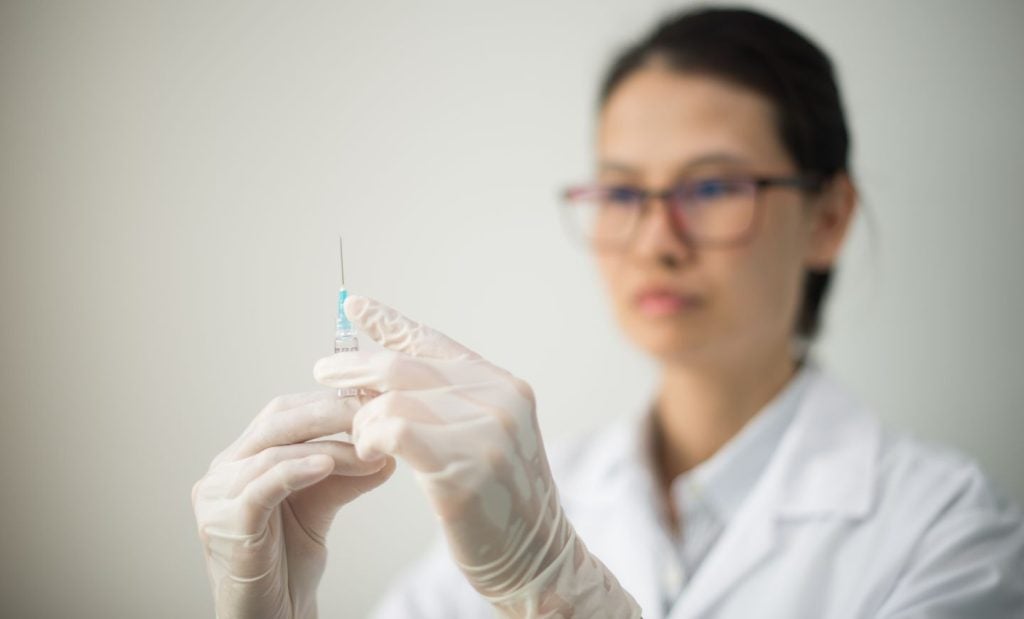Valneva has reported the latest positive antibody persistence data from its Study VLA1553-303 of a single dose of chikungunya vaccine, IXCHIQ.
The new data reported 24 months after inoculation with IXCHIQ is claimed to support the expected long-term immune response durability of the vaccine.
These results are also consistent with positive 12-month persistence data reported in December last year.
Trial findings showed that 24 months after vaccination, 97% of the 316 healthy adult subjects in the study showed to have neutralising antibody titers above the seroresponse threshold, thereby meeting the primary endpoint.
In older adults aged 65 years and above, the antibody persistence was reported to be as strong as seen in younger adults with marginally greater geometric mean titers (GMTs) and seroconversion rates (SRRs).
The company noted that these findings demonstrate the potential of the vaccine to provide durable protection against chikungunya across people of various age groups.
The new findings come after Valneva concluded a Phase III study with data showing a 96% seroresponse rate six months following inoculation.
Study VLA1553-303 gathered durable safety of the vaccine by analysing adverse event of special interest (AESI) from the prior study and assessing newly developed serious adverse events (SAEs).
No safety issues were identified during the follow-up period of 24 months.
The company will submit the new data to support an existing approval by the US Food and Drug Administration (FDA) as well as for other regulatory approval activities underway.
Last month, the company received approval from the US FDA for IXCHIQ.
Valneva chief medical officer Juan Carlos Jaramillo said: “We are very pleased about these 24-month data which confirm IXCHIQ’s ability to induce a robust, long-lasting antibody response in both younger and older adults with a single vaccination.
“Being the world’s first approved vaccine against chikungunya, each positive outcome further strengthens the defence against this significant and expanding public health threat.”









